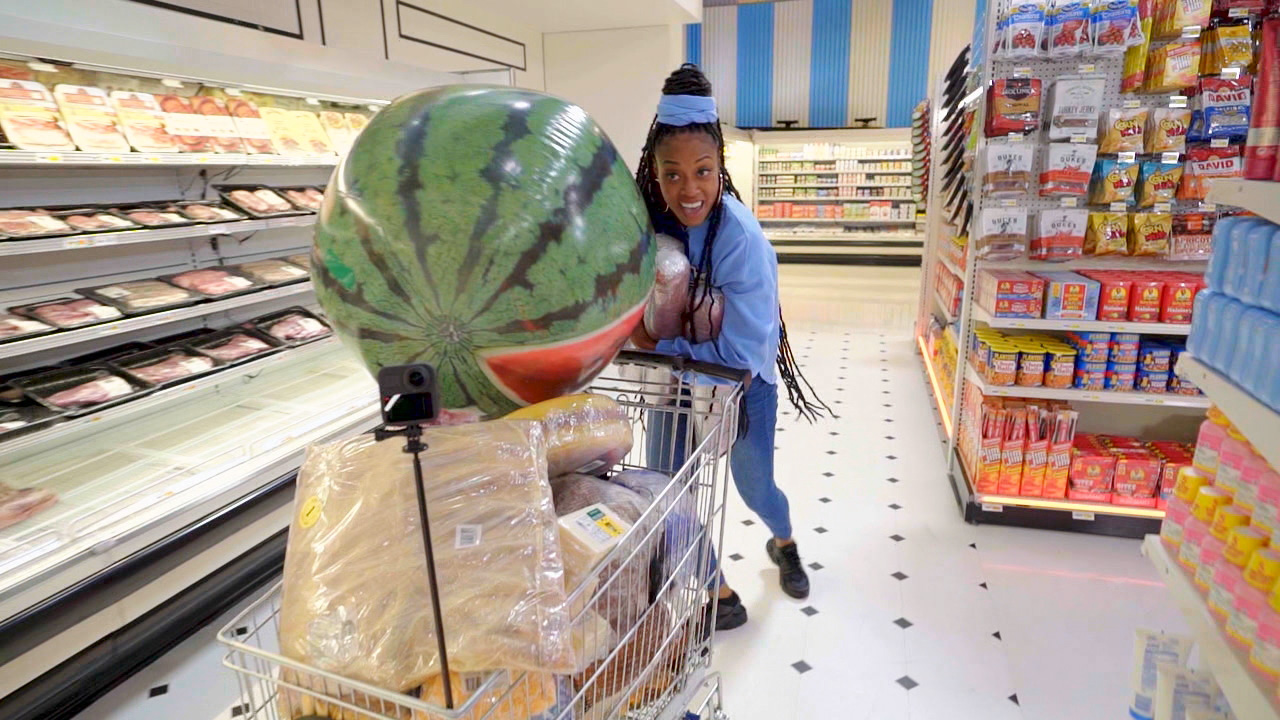In the bustling world of retail, understanding the nature and types of products is crucial. Among the various categories, convenience goods hold a significant position. These are items that consumers purchase frequently, immediately, and with minimal comparison and buying effort. They are the backbone of fast-moving consumer goods (FMCG) industry, and understanding them can provide valuable insights into consumer behavior and market trends. In this article, we will delve into the five key types of convenience goods: staple goods, impulse goods, emergency goods, gratification goods, and unsought goods.
- Staple Goods: The Everyday Essentials
Staple goods are products that consumers buy on a regular, often daily basis. These include items like bread, milk, and other grocery products. They are typically low-cost and have a high turnover rate. The demand for these goods is relatively constant, making them a reliable source of revenue for retailers.
- Impulse Goods: The Spontaneous Purchases
Impulse goods are items that consumers buy without prior planning or consideration. These are often placed near the checkout counters to encourage spontaneous purchases. Examples include candy bars, magazines, and small toys. The success of selling impulse goods lies in effective product placement and attractive packaging.
- Emergency Goods: The Unplanned Necessities
Emergency goods are products that consumers don't buy regularly but need immediately during unexpected situations. These include items like umbrellas during a sudden downpour, or a flashlight during a power outage. Retailers strategically place these items to be easily accessible when the need arises.
- Gratification Goods: The Instant Pleasure Providers
Gratification goods are products that provide immediate satisfaction or pleasure. These include items like fast food, ready-to-eat meals, and pre-packaged snacks. They cater to the consumers' desire for instant gratification and are often associated with comfort and convenience.
- Unsought Goods: The Unanticipated Acquisitions
Unsought goods are products that consumers do not initially intend to buy. These include items like insurance policies, fire extinguishers, or first-aid kits. Despite their importance, these goods require aggressive marketing and sales efforts due to their nature of purchase.
Understanding these five types of convenience goods can help businesses strategize their product placement, packaging, and promotional efforts. It can also provide insights into consumer buying behavior, which can be leveraged to forecast market trends and drive business growth.
In conclusion, the world of convenience goods is diverse and dynamic. By understanding the nuances of staple, impulse, emergency, gratification, and unsought goods, businesses can better cater to their customers' needs and preferences, thereby enhancing their market presence and profitability. As the retail landscape continues to evolve, staying abreast of these categories will be instrumental in navigating the path to success.

